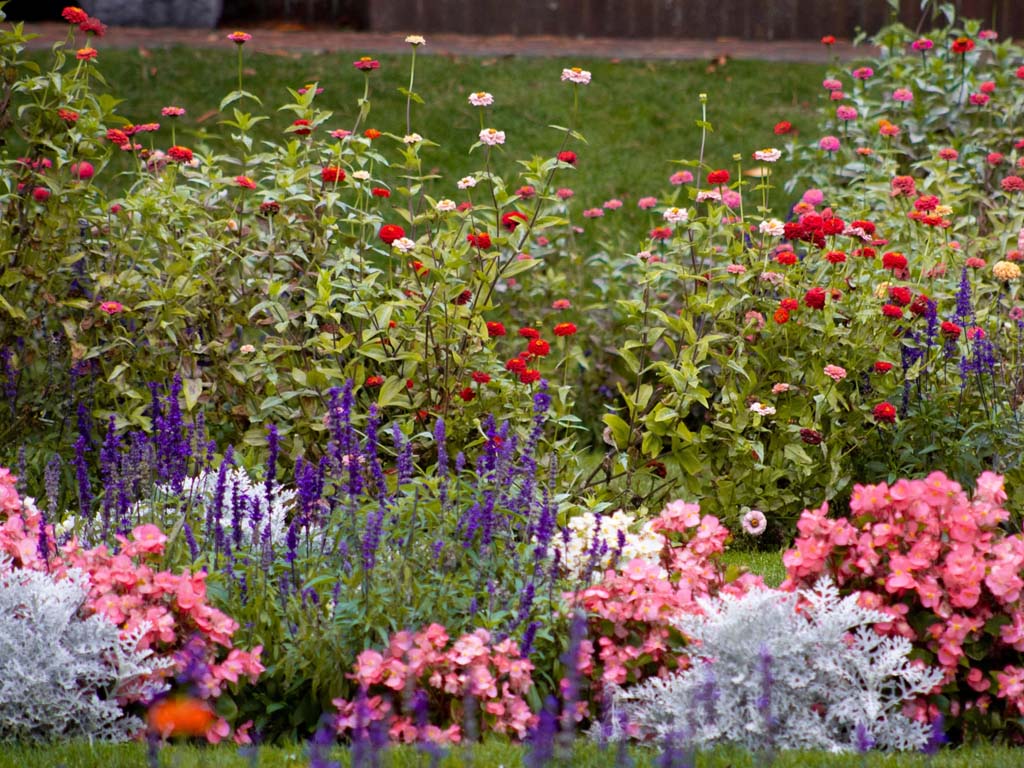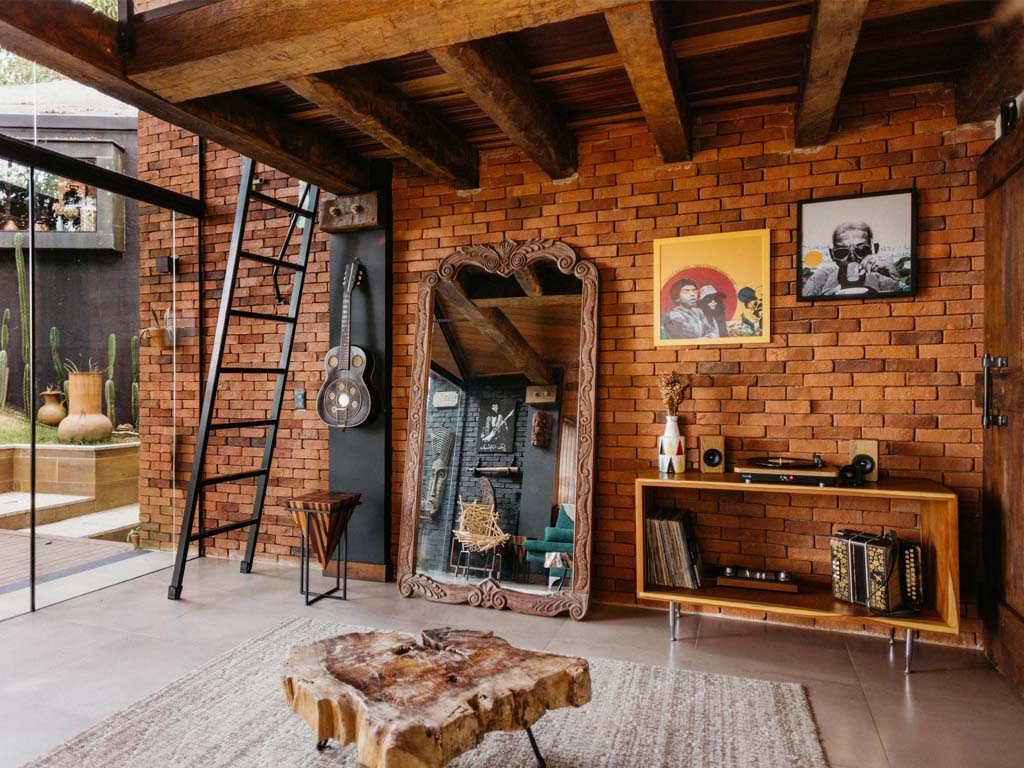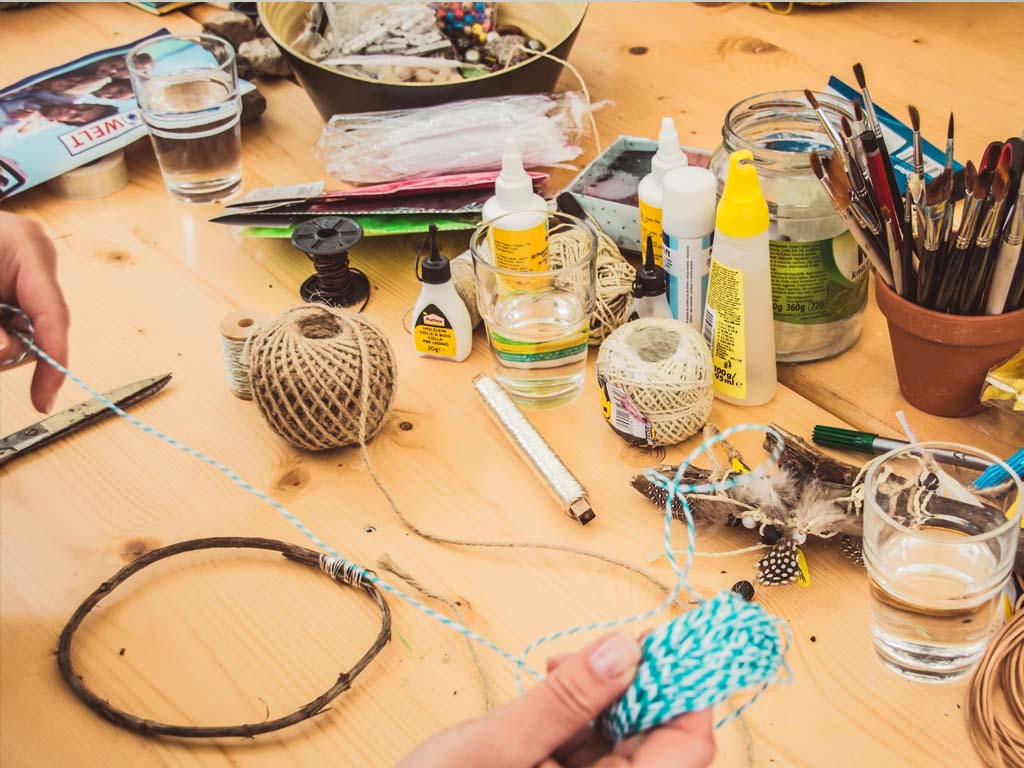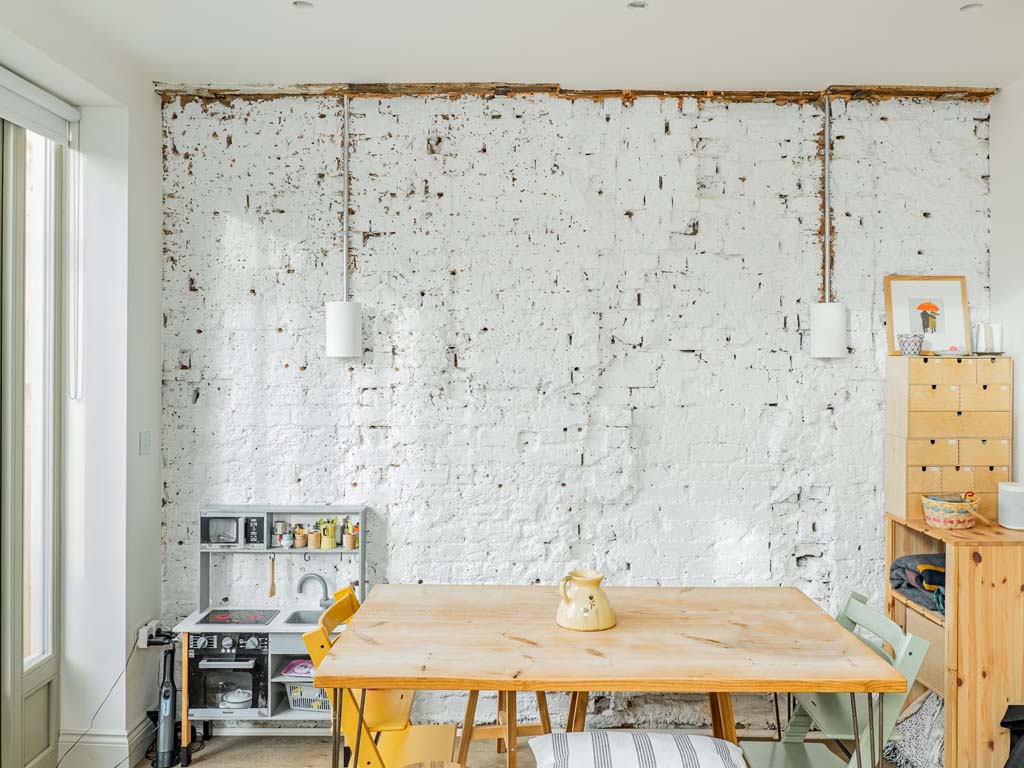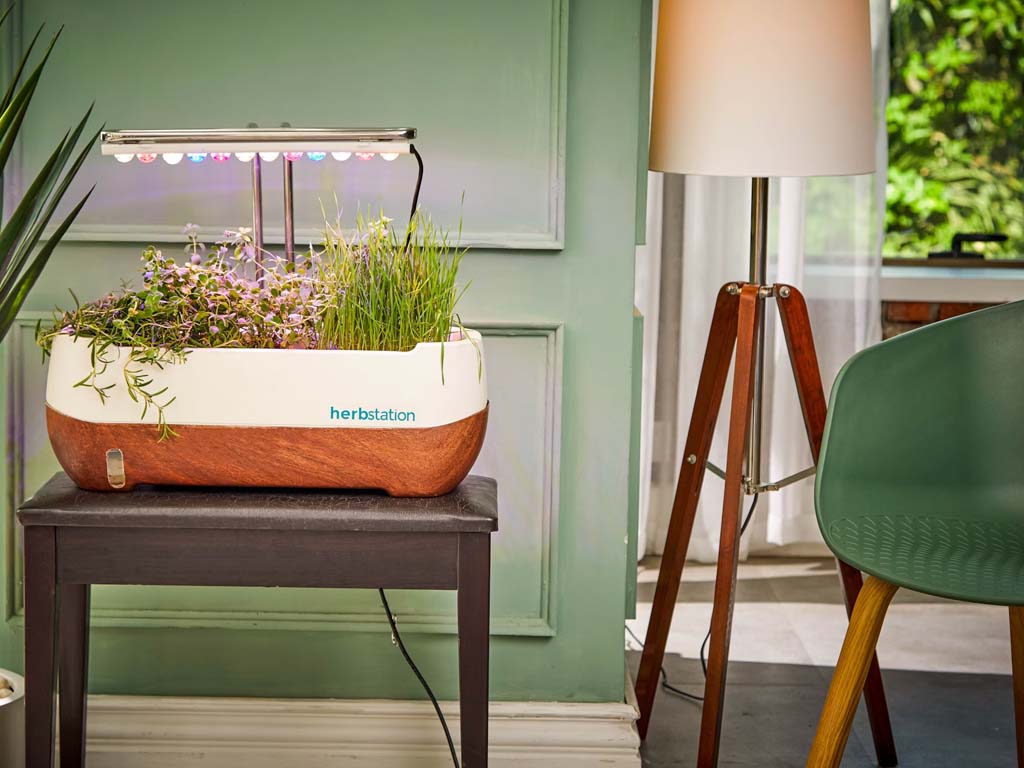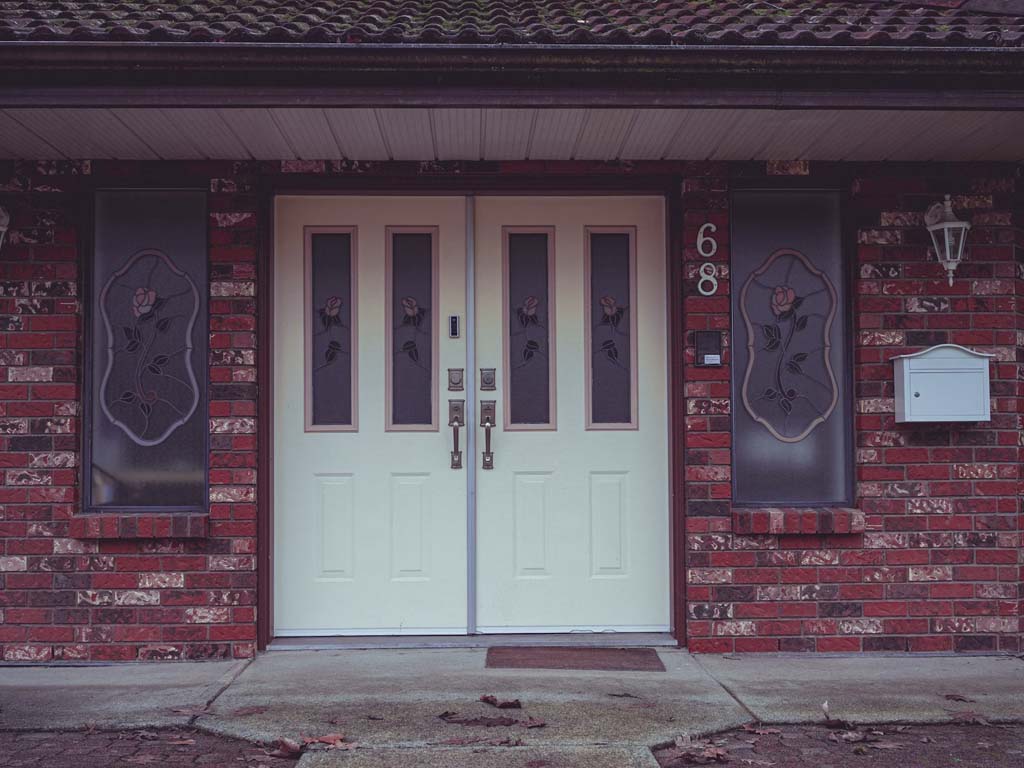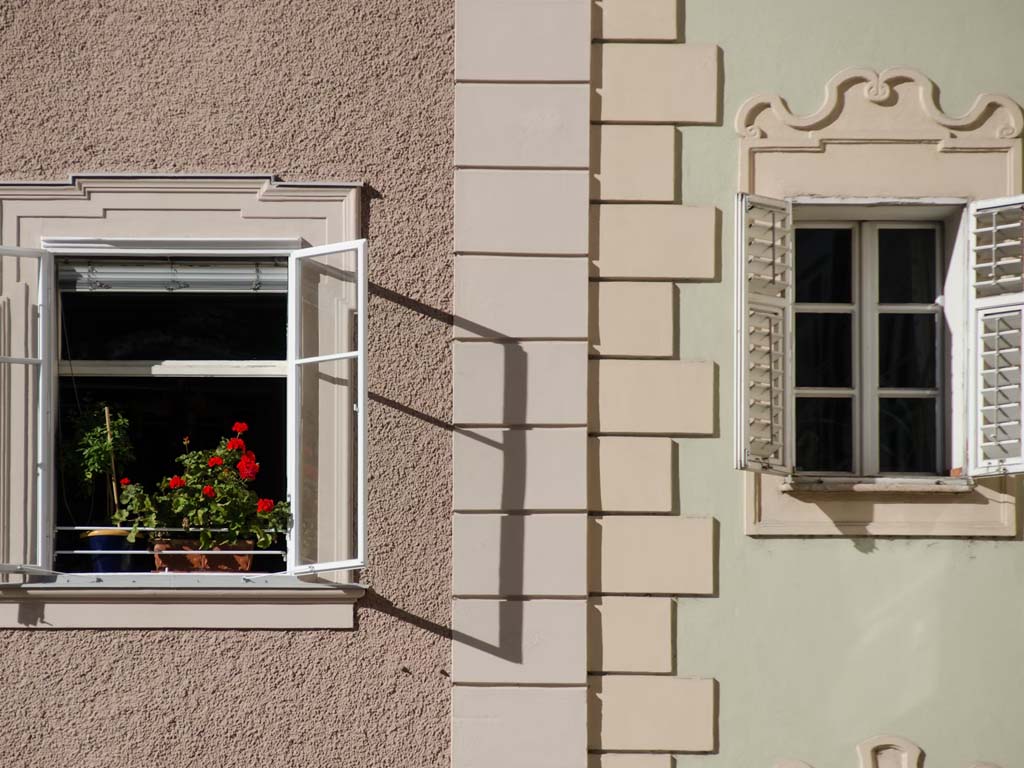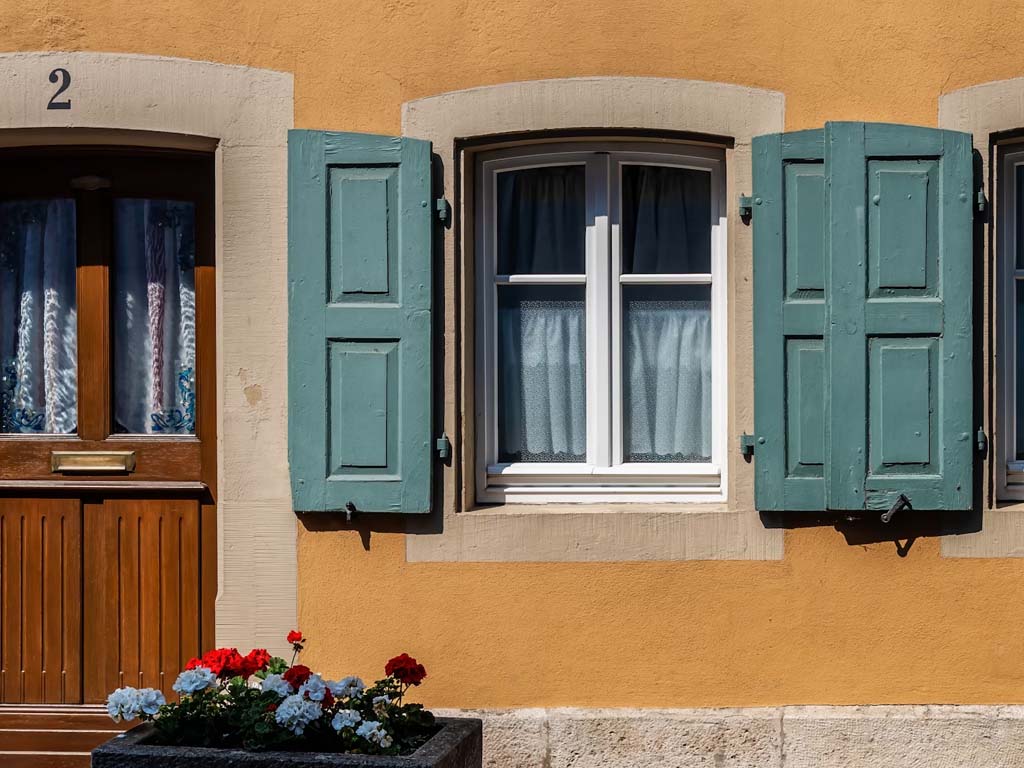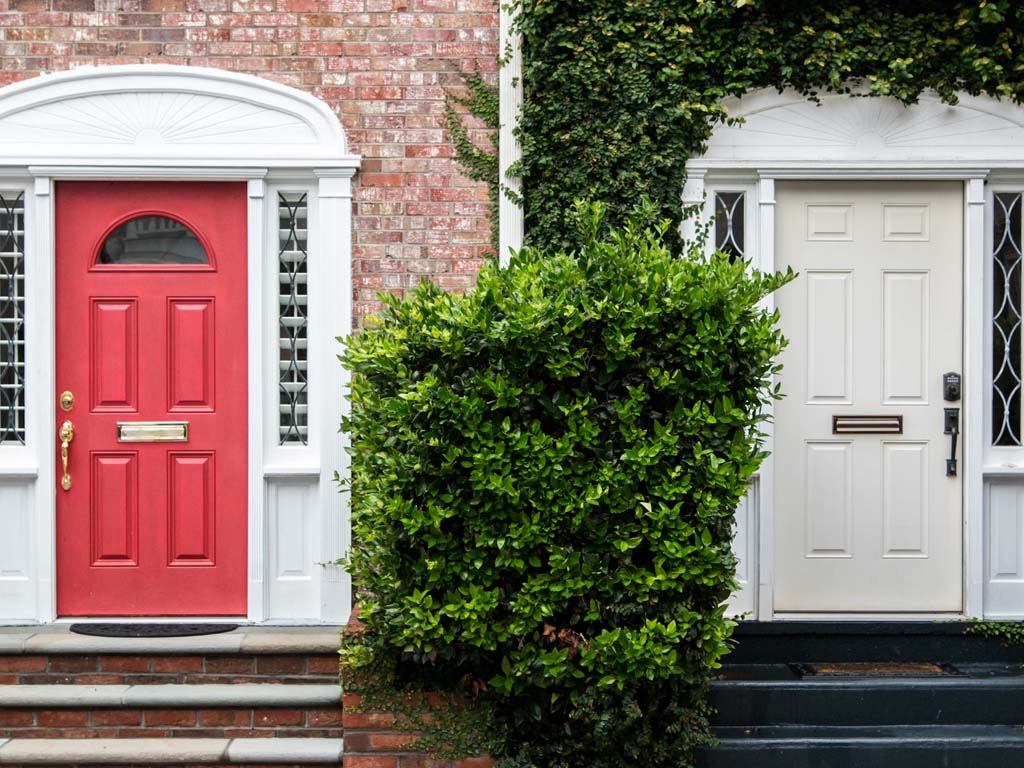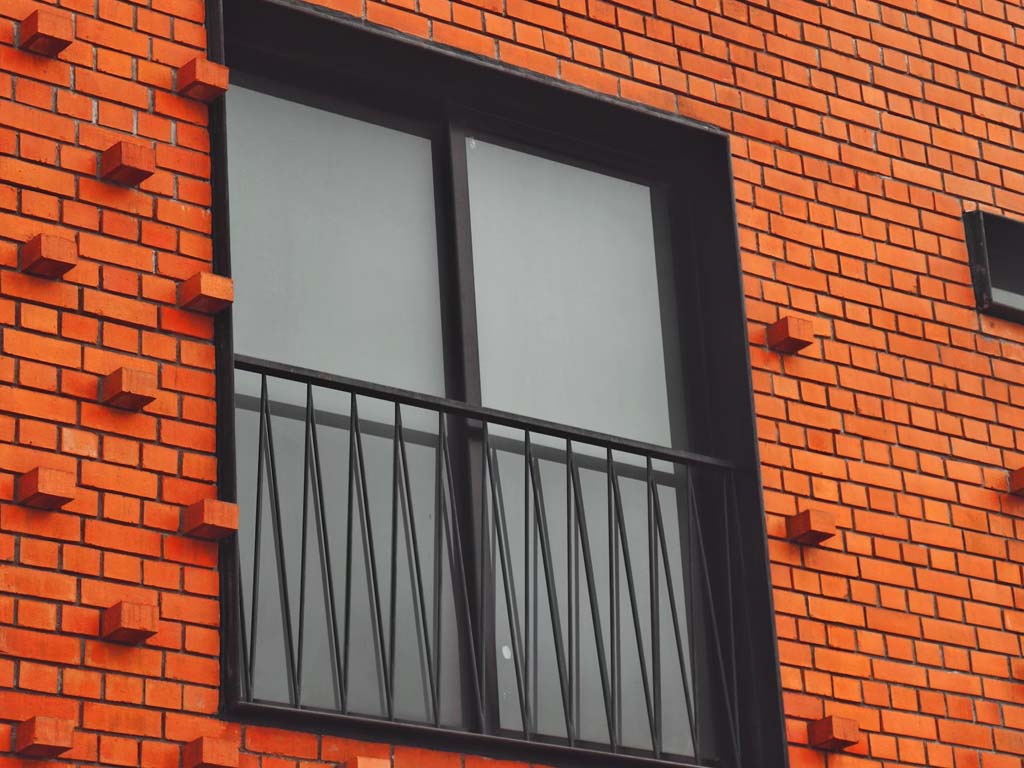Gardening is a rewarding hobby, but if you want your garden to look stunning all year long, it requires thoughtful planning and design. Designing a garden that flourishes through each season is an art form that blends creativity with a deep understanding of plant biology, climate conditions, and aesthetic principles. Whether you live in a region with distinct seasons or in a more temperate climate, it’s possible to create a garden that evolves beautifully year-round.
In this guide, we will show you how to design the perfect garden that will remain visually appealing through every season. From spring blooms to winter structure, these tips will help you achieve a garden that offers both aesthetic pleasure and practical functionality throughout the year.
1. Plan for Year-Round Interest
The key to a perfect garden is balance. You want plants that provide interest throughout the seasons. While some plants are great for spring and summer, others bring beauty in the fall and winter. Planning for year-round interest is essential to ensure your garden never looks bare or neglected.
A. Incorporate Seasonal Plants
Each season brings different opportunities for plant choices. When designing your garden, choose plants that peak at different times of the year, ensuring your space is always alive with color and texture.
Spring:
– Flowering Trees and Shrubs: Think of trees like magnolia, cherry blossom, or dogwood that burst into bloom in the early spring months.
– Perennials: Consider tulips, daffodils, and hyacinths for a splash of color. These flowers bloom in early spring and return year after year.
Summer:
– Vibrant Annuals: Plants like petunias, marigolds, and sunflowers provide bright, lasting colors throughout the warmer months.
– Herbs and Vegetables: Incorporate an herb garden with basil, mint, and lavender, or even vegetable patches with tomatoes, peppers, and cucumbers.
Fall:
– Foliage Plants: Autumn is the season of color change. Add maples, oaks, and other trees that turn vibrant shades of red, orange, and yellow.
– Chrysanthemums and Asters: These late-blooming flowers will help add color to your garden in fall’s cooler temperatures.
Winter:
– Evergreens: Pine, fir, and spruce trees keep your garden green and lush during winter months.
– Winterberry Holly: This shrub’s red berries provide vibrant color during the colder months and attract birds.
B. Focus on Texture and Structure
To keep your garden interesting even in the off-season, include plants that offer a variety of textures. Ornamental grasses, ferns, and shrubs with interesting bark or architecture can provide the framework of your garden, making it look appealing even in winter when flowers are sparse.
Winter Texture Tips:
– Use evergreen shrubs like boxwood, holly, and juniper to keep your garden looking full.
– Consider trees with unique bark, such as birch or paperbark maple, which are visually striking in winter.
– Ornamental grasses like miscanthus or feather reed grass can add movement and texture even after their flowers have gone.
2. Choose Plants for Your Climate
The best garden design starts with choosing the right plants for your climate zone. Researching your hardiness zone ensures that the plants you choose will thrive in the temperature ranges of your region. Knowing your local weather patterns and soil type will help you select plants that will flourish with minimal effort.
A. Consider Your Climate Zone
The USDA Plant Hardiness Zone Map divides regions into 13 zones, based on their minimum winter temperatures. Be sure to choose plants that are suitable for your zone to ensure their survival year-round.
– Cold Climates (Zones 1-5): Look for hardy plants that can tolerate freezing temperatures. Evergreens, hardy perennials like hostas, and cold-tolerant shrubs will work best in these areas.
– Temperate Climates (Zones 6-8): Plants in these zones need moderate winter protection but can handle some freezing temperatures. Consider using a mix of deciduous and evergreen plants.
– Warm Climates (Zones 9-13): For warmer regions, choose drought-tolerant plants and heat-loving perennials like lavender, yucca, and succulents that can thrive in hot summers and mild winters.
B. Use Local Resources
Beyond hardiness zones, consider the local climate and microclimates in your garden. For example, if you live in an area with a lot of rainfall or drought, make sure to choose plants that can either tolerate wet soil or survive with minimal water. Additionally, paying attention to the sun exposure in your garden will help you pick the right plants for shaded or sun-soaked areas.
3. Create Functional Garden Zones
A well-designed garden often includes different zones, each serving a specific purpose or function. These zones can include areas for relaxation, entertainment, vegetable gardening, or wildlife habitat. Structuring your garden in distinct zones can help make it more manageable, functional, and enjoyable year-round.
A. Relaxation and Entertainment Zones
– Patios or Decks: Create outdoor spaces with seating, shade, and dining areas. These spaces are perfect for outdoor gatherings in the spring and summer months.
– Pergolas and Gazebos: Adding vertical structures like pergolas or gazebos not only adds aesthetic value but also provides shade and shelter.
– Water Features: Incorporate a pond, fountain, or small waterfall. Water features can help attract wildlife and provide a calming, serene environment.
B. Garden Beds and Planting Areas
Divide your garden into planting beds based on light and water needs. For example, position sun-loving flowers, such as sunflowers and lavender, in areas with full sun, while shade-loving plants like hostas and ferns should be placed in areas with less direct sunlight. This helps keep maintenance to a minimum and makes it easier to care for your plants based on their needs.
C. Wildlife and Pollinator Zones
Create a section of your garden dedicated to attracting pollinators like bees, butterflies, and birds. Choose plants that offer nectar, seeds, or shelter for wildlife. For example, plant milkweed for monarch butterflies, or offer birdhouses and birdbaths to attract birds in the winter.
4. Maximize Color and Design Using Hardscaping
Hardscaping plays an important role in creating a garden that looks beautiful all year long. Incorporating non-plant elements like stone pathways, walls, patios, and fences will help create structure and define the garden while reducing the maintenance required for plant-based elements.
A. Pathways and Walkways
– Natural Stone: Use stone or brick pathways to add rustic charm and define walkways throughout your garden. These materials will blend seamlessly with your garden’s natural elements.
– Gravel Paths: Gravel is an affordable and low-maintenance option that adds texture to your landscape.
– Curved Paths: Curved paths lead the eye and create an inviting atmosphere. Consider using winding paths to direct visitors through different areas of your garden.
B. Fences and Borders
– Wooden Fences: Wooden fences, whether picket-style or privacy fences, can help create an intimate space and add texture. They can be used to border flower beds or as a backdrop for climbing plants like ivy or clematis.
– Metal or Wrought Iron Fencing: For a more formal look, wrought iron or metal fencing can add a sophisticated element to your garden while allowing your plants to take center stage.
C. Outdoor Structures
Consider incorporating small outdoor structures like trellises for climbing plants, raised garden beds for vegetables, and pergolas for shaded seating areas. These structures add height, texture, and interest to your garden.
5. Consider Watering and Maintenance Needs
An efficient irrigation system can make all the difference in maintaining a garden year-round. Efficient watering ensures that plants get the moisture they need without overwatering or wasting water.
A. Drip Irrigation and Soaker Hoses
Drip irrigation systems and soaker hoses are excellent for providing slow, deep watering to plants without over-watering the surface. These systems direct water straight to the roots, reducing evaporation and runoff.
B. Automatic Timers
If you’re going to be away from home for a while, consider setting up automatic timers for your irrigation system. This will ensure your garden is watered regularly, even when you’re not there to do it manually.
6. Regular Maintenance and Seasonal Tasks
To ensure your garden thrives throughout all seasons, a few regular tasks should be incorporated into your maintenance routine. Regular pruning, fertilizing, and mulching help plants stay healthy and maintain their beauty.
A. Seasonal Pruning
– Spring: Prune dead or damaged branches and trim back woody perennials.
– Summer: Deadhead flowers to encourage more blooms.
– Fall: Cut back perennials and prepare plants for the winter months.
– Winter: Protect delicate plants with mulch or a protective covering against harsh cold temperatures.
B. Mulching
Replenishing your garden’s mulch every year helps retain moisture, suppress weeds, and protect plant roots from extreme temperatures.
Conclusion
Designing the perfect garden for every season takes time, planning, and a little creativity. By choosing plants that provide seasonal interest, creating functional garden zones, and incorporating elements of hardscaping, you can design a space that’s not only beautiful but also easy to maintain. Whether you’re looking to create a garden that’s in full bloom in the spring, bursting with vibrant colors in the summer, or full of texture and structure in the fall and winter, these design tips will help you achieve the perfect year-round garden. With the right approach, your garden can be a place of beauty, relaxation, and enjoyment no matter the season.
